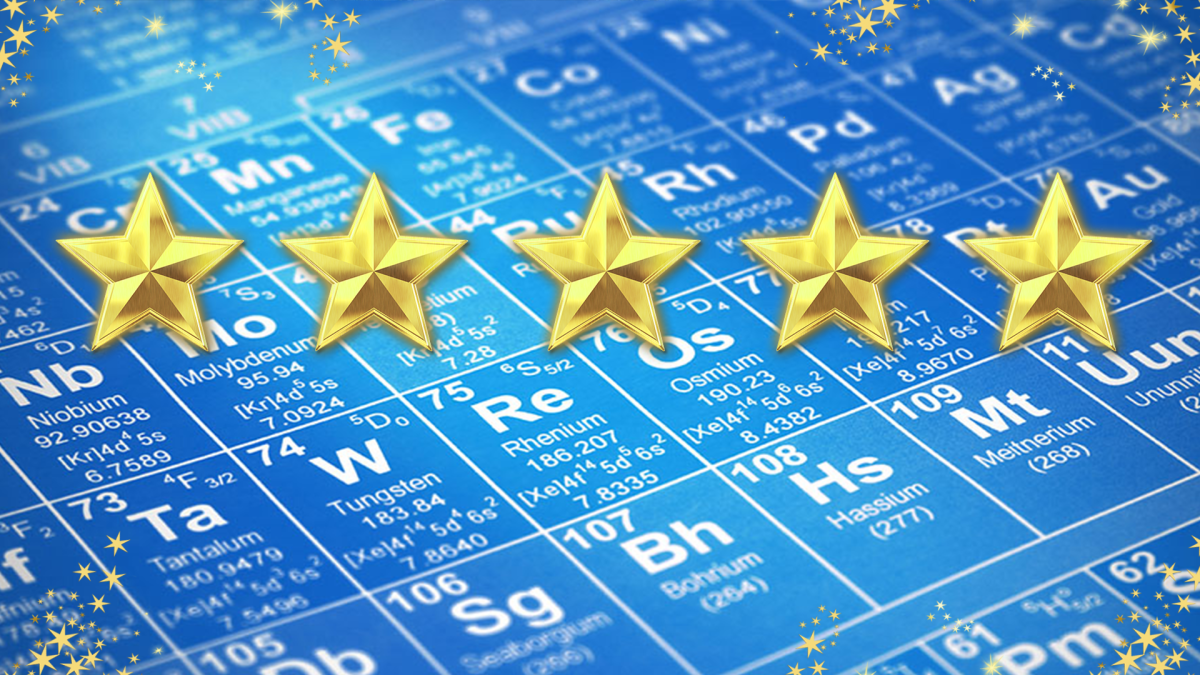
Endo or Exo: Which is It Lab?
by Amanda Stalvey Harrison
A common challenge in Thermodynamic Chemistry is how do endo vs. exothermic reactions FEEL. Students will conduct three different chemical reactions to collect data and observations about the Endothermic or Exothermic nature of these reactions. Students will collect initial and final temperature measurements, conduct a flame test of the gasses evolved in the lab, feel the reactions' energy change, then using that data, identify whether the reaction is Endothermic or Exothermic, what the gas involved is and use this data to identify the final products of the reaction, and type of reaction. This lab investigation is a great way for students to experience chemical reaction energy changes first hand.
Lesson Plan Link/URL
https://docs.google.com/presentation/d/1q5-pQ5jIurh7yc1tRbyD9GI8Hf6RLpQF/edit?u…Subject Area
Science Physical Science P1: Matter P4: Energy Transfer Mathematics Measurement and Data (MD) Expressions and Equations (EE) Number & Quantity (N) English Language Arts (ELA) Reading (Informational Text) Writing
Featured
Off
Related Content

Grades:
9th Grade, 10th Grade, 11th Grade, 12th Grade
The first rule in the chemistry lab is “don’t eat or drink or lick anything in the lab”! This lesson breaks those rules and shows students how culinary is really a practical application of chemistry

Grades:
9th Grade, 10th Grade, 11th Grade, 12th Grade
This STEM Argumentative Research Project engages students in exploring the scientific, ethical, and societal implications of themes in Mary Shelley's "Frankenstein." Students will work in groups to

Grades:
7th Grade, 8th Grade, 9th Grade, 10th Grade, 11th Grade, 12th Grade
Students will combine science and art by using an alternative photographic process called cyanotypes or sun prints. After a short introduction to the history of cyanotypes and the process of creating

